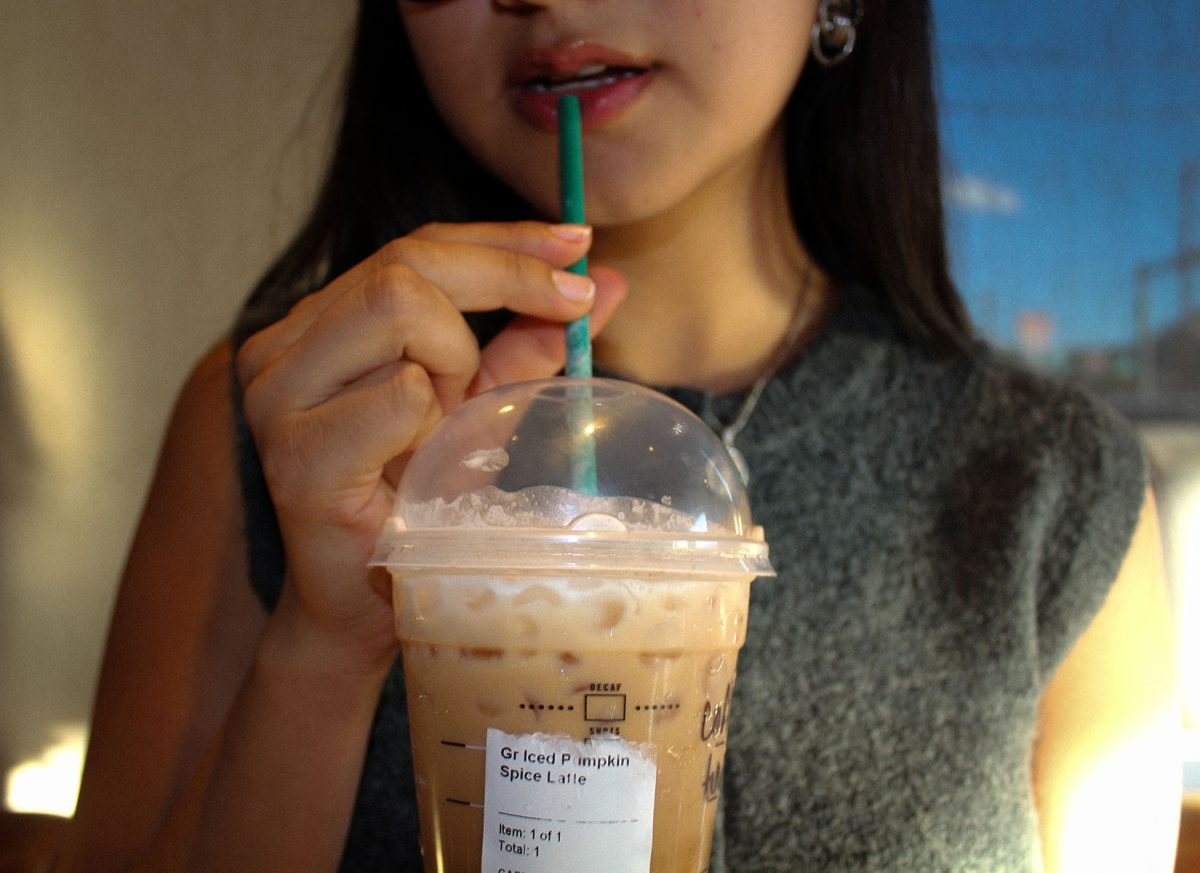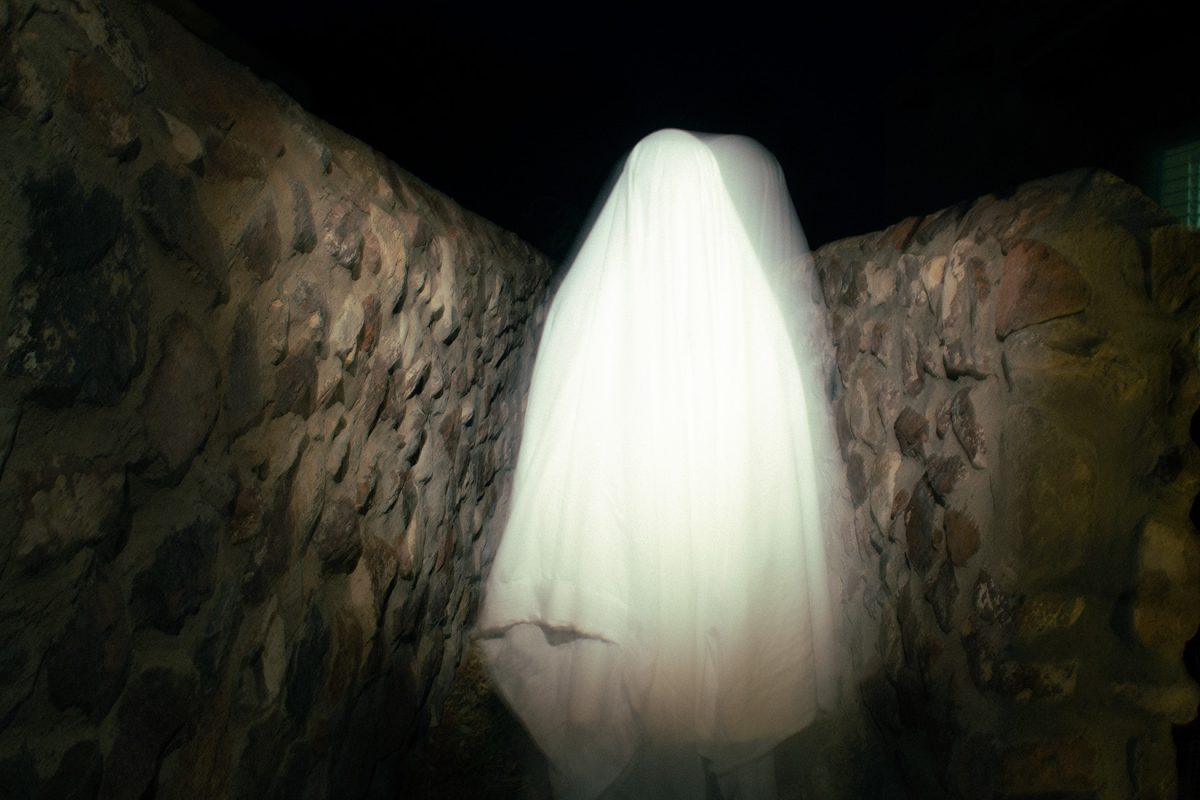As autumn begins to encapsulate the environment—kissing the air with a colder crisp and extending her hand to change the colors of the leaves—students begin to seek her touch as well, longing to be embodied by the season’s quiet transformation. Some chase the taste of autumn in the warmth of a pumpkin spice latte, clinging to its cinnamon-sweet comfort, while others shudder at the thought, recoiling from the cliché as if the season itself had turned too bitter.
Every fall, infiltrating the senses, either as a comforting companion that wraps you in warmth and nostalgia, or as an overwhelming presence the senses wish had stayed away. Love it or loathe it, its arrival is unmistakable, marking the season with every whiff, sip and bite.
According to the BBC, the infamy and craze of pumpkin spice can be attributed to Starbucks, which was brainstormed in a lab in Seattle when researchers were attempting to create seasonal flavors.
Student Cristina Alvarez, who is majoring in nursing, first tryied the drink at Starbucks prior to COVID-19, and has been a consumer since waiting for the shift to begin.
“Ever since then, I will occasionally go to Starbucks when they have their seasonal pumpkin spice drinks,” Alvarez said.
Pumpkin spice has unabashedly established itself as the flavor of nostalgia, an edible time machine to fall, transporting us to cozy sweaters, crisp leaves, and familiar moments that announce the arrival of Fall.
“What I enjoy most about the drink is the way it always reminds me of Fall and it makes me think that Fall is almost here,” Alvarez said.
What began as a seasonal treat has since snowballed into a multi-sensory brand strategy. Pumpkin spice is no longer just a flavor, it’s a marketing ploy wrapped in cinnamon-scented nostalgia.
Emily Torres, a student at The University of Texas at El Paso (UTEP), describes pumpkin spice as an overwhelming sensory ambush that arrives prematurely well before the official start of the season, cocooning store aisles with its in-your-face presence.
“The products are overused and forced into too many items. I do not need a coffee mug that says ‘pumpkin spice and everything nice,’ but I know a lot of people look forward to it,” Torres said.
Pumpkin spice has since spilled beyond the coffee cup, slipping into candles, air fresheners, protein powders and even pet treats. To some, it’s a warm welcome, while to others it’s a guest who has overstayed its welcome. For Torres, it’s the latter.
“I have mixed emotions about the marketing around pumpkin spice. It is a flavor that encapsulates the season, so it’s a smart strategy, especially for capitalism,” Torres said. “Pumpkin spice is more about the cultural hype.”
Whether it warms your soul or tests your patience, pumpkin spice endures. Year after year, it returns without fail, reclaiming its place on shelves and in our seasonal rituals as an inescapable hallmark of autumn that continues to spark both comfort and controversy.
Jazmine Gracia is a writing contributor for The Prospector at UTEP and can be reached [email protected]









